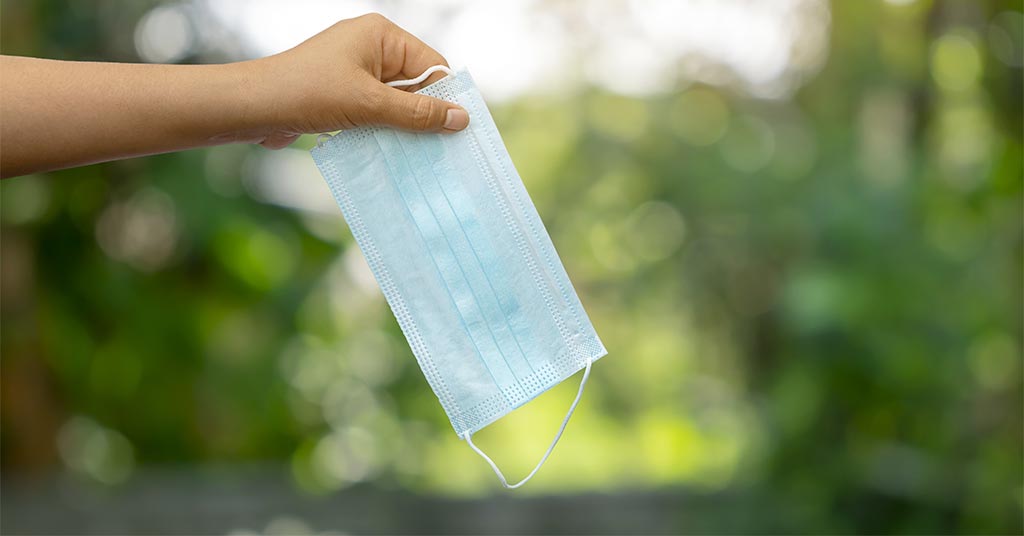 Despite the spectre of zero or negative growth in 2015, open medical aid schemes in South Africa are weathering the storm.
Despite the spectre of zero or negative growth in 2015, open medical aid schemes in South Africa are weathering the storm.
A combination of a young average demographic and a 25 percent mandatory solvency ratio imposed by the Council of Medical Schemes (CMS) have created a financial buffer designed to protect the industry and the beneficiaries it serves.
Nonetheless, South African medical aids are feeling the pinch, with significant increases in payouts coupled with dwindling membership figures. This makes it more important than ever to choose a medical aid scheme that's financially sound.
Financial statistics: challenges for the medical aid industry
According to the 2014/15 CMS Annual Report, the number of open medical aid schemes operating in the country in 2014/15 was 23, compared to 47 in 2005.
In addition, the number of beneficiaries has virtually flatlined, with 4.90 million members in 2014/15, compared to the 4.91 million signed up subscribers a decade ago.
Factor in an average 13.4 percent increase in prescribed minimum benefits (PMBs) over the past 12 months and the medical aid sector is certainly facing some challenges.
Coupled with stagnant growth are rising costs. In total, medical aids paid out R124.1 billion to healthcare providers in 2014/15. Of this sum,
- more than R46 billion was paid to private hospitals – an 11.6 percent increase from the previous year
- total payments for non-hospital dispensed medicines rose by 8.9 percent, to R20.5 billion
- collective benefits paid to supplementary and allied healthcare providers increased by 14.5 percent, to R9.4 billion
- GPs were paid R8.2 billion, a figure up 7.6 percent from the previous year.
Choosing a financially sound medical aid scheme in South Africa
With a strict regulatory body, in the form of the CMS, overseeing the financial sustainability of the industry, all registered medical aid schemes in South Africa are required to have the financial wherewithal to pay for claims promptly and in full.
However, there are clear winners and some South African medical aid schemes are financially healthier than others. To assess the financial status of a particular medical aid scheme, you should investigate and compare specific statistics:
- overall claims payability based on published Global Credit Ratings
- average beneficiary age (the younger the better, from a financial perspective)
- pensioner ratio
- solvency ratio.
At IFC, we have information on all the leading South African medical aids. You can chat to one of our specialist medical aid brokers, who has all the facts and figures at hand, to help you select the best South African medical aid scheme – one that won't let you down, notwithstanding the turbulent state of the economy and the challenges facing the industry.



